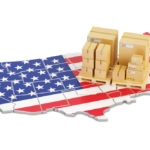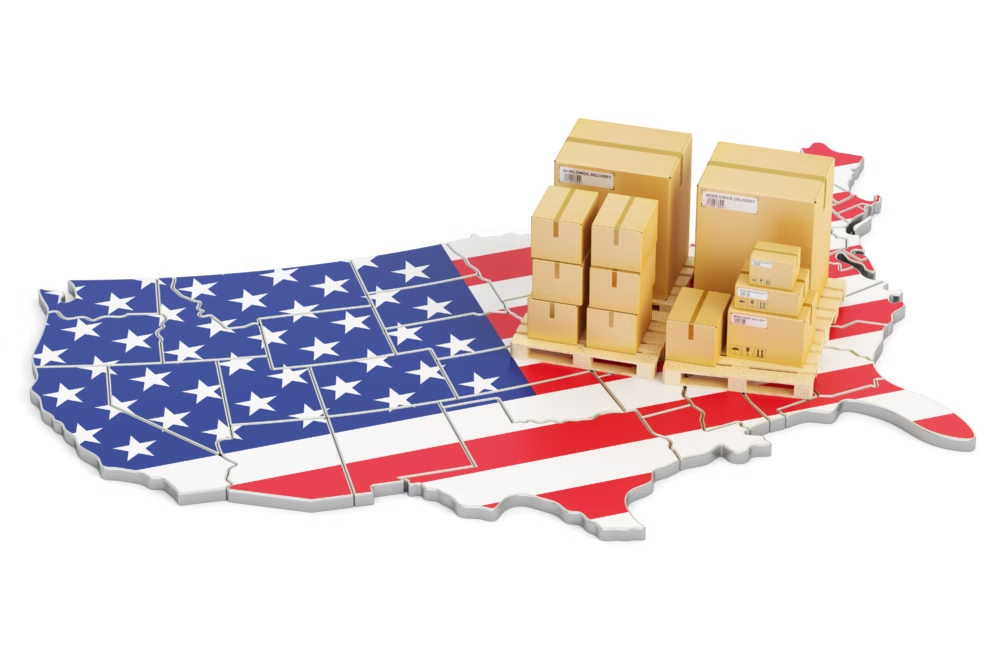Pakistan is one of the world’s leading exporters of textile goods, renowned for its high-quality cotton, garments, and home textiles. For businesses in the United States looking to import textile products from Pakistan, understanding the process, regulations, and requirements is essential to ensure smooth transactions and compliance with U.S. laws. This article provides a step-by-step guide on how to import textile goods from Pakistan to the USA.
Why Import Textile Goods from Pakistan?
Pakistan is a major player in the global textile industry, offering several advantages for U.S. importers:
- High-Quality Cotton: Pakistan is one of the largest producers of high-quality cotton, which is the backbone of its textile industry.
- Cost-Effective Production: Competitive labor costs make Pakistani textiles affordable without compromising on quality.
- Diverse Product Range: From garments and home textiles to industrial fabrics, Pakistan offers a wide variety of textile products.
- Trade Preferences: Pakistan benefits from the U.S. Generalized System of Preferences (GSP) program, which allows certain products to enter the U.S. duty-free.
Step-by-Step Guide to Importing Textile Goods from Pakistan
1. Identify Your Product and Supplier
- Product Selection: Determine the type of textile goods you want to import (e.g., garments, home textiles, fabrics).
- Supplier Verification: Research and verify Pakistani suppliers through trade directories, industry associations, or trade shows. Ensure the supplier complies with international standards and has a good track record.
2. Understand U.S. Import Regulations
- Customs and Border Protection (CBP): All textile imports must comply with CBP regulations, including proper labeling, marking, and documentation.
- Federal Trade Commission (FTC): Textile products must adhere to the Textile Fiber Products Identification Act, which requires labeling with fiber content, country of origin, and manufacturer information.
- Country of Origin Marking: Textile goods must be marked with the country of origin (e.g., “Made in Pakistan”) in English.
3. Check for Tariffs and Trade Preferences
- Harmonized Tariff Schedule (HTS): Determine the correct HTS code for your textile product to identify applicable duty rates.
- Generalized System of Preferences (GSP): Check if your product qualifies for duty-free entry under the GSP program. Over 3,500 products from Pakistan are eligible for GSP treatment, though most textiles and apparel are excluded.
4. Prepare Required Documentation
- Commercial Invoice: Includes details such as product description, value, and terms of sale.
- Packing List: Provides information on the contents of each package.
- Bill of Lading/Air Waybill: Serves as proof of shipment and contract between the shipper and carrier.
- Certificate of Origin: May be required to claim GSP benefits or other trade preferences.
- Textile Declaration: Some textile products require a declaration confirming compliance with U.S. labeling and marking requirements.
5. Comply with Labeling and Marking Requirements
- Fiber Content: Label must indicate the generic names and percentages of fibers used (e.g., “100% Cotton”).
- Country of Origin: Must be clearly marked on the product or its packaging.
- Care Instructions: Include care labels with washing, drying, and ironing instructions.
6. Arrange Shipping and Logistics
- Choose a Freight Forwarder: Work with a reliable freight forwarder to handle shipping, customs clearance, and delivery.
- Select Shipping Method: Decide between sea freight (cost-effective for large shipments) or air freight (faster but more expensive).
- Port of Entry: Major U.S. ports for textile imports include Los Angeles, New York, and Miami.
7. Clear Customs and Pay Duties
- Customs Entry: Submit entry documents to CBP at the port of entry. A licensed customs broker can assist with this process.
- Duty Payment: Pay applicable duties and fees based on the product’s HTS code and value.
- Inspection: CBP may inspect the shipment to ensure compliance with regulations.
8. Ensure Compliance with U.S. Safety Standards
- Consumer Product Safety Commission (CPSC): Ensure textile products meet U.S. safety standards, especially for children’s clothing and sleepwear.
- Flammability Standards: Certain textiles, such as carpets and mattresses, must comply with flammability regulations under the Flammable Fabrics Act.
Key Challenges and Solutions
1. Tariffs and Trade Barriers
- Solution: Explore GSP eligibility and other trade agreements to reduce duty costs.
2. Labeling and Marking Compliance
- Solution: Work closely with your Pakistani supplier to ensure all products are properly labeled and marked before shipment.
3. Customs Delays
- Solution: Provide accurate and complete documentation to avoid delays. Consider using a customs broker to streamline the process.
4. Quality Control
- Solution: Conduct factory audits and product inspections in Pakistan to ensure quality standards are met.
Tips for Successful Importing
- Build Strong Relationships: Establish long-term relationships with reliable Pakistani suppliers.
- Stay Updated on Regulations: Regularly check for updates to U.S. import regulations and trade policies.
- Leverage Trade Shows: Attend textile trade shows in Pakistan and the U.S. to network with suppliers and buyers.
- Invest in Branding: Differentiate your products through branding and marketing to appeal to U.S. consumers.
Conclusion
Importing textile goods from Pakistan to the USA can be a lucrative business opportunity, given Pakistan’s expertise in textile production and the high demand for quality textiles in the U.S. market. By understanding the import process, complying with regulations, and building strong supplier relationships, U.S. importers can successfully navigate the complexities of international trade and capitalize on the benefits of sourcing textiles from Pakistan. Read more about International Trades here!






